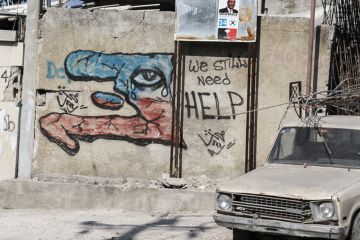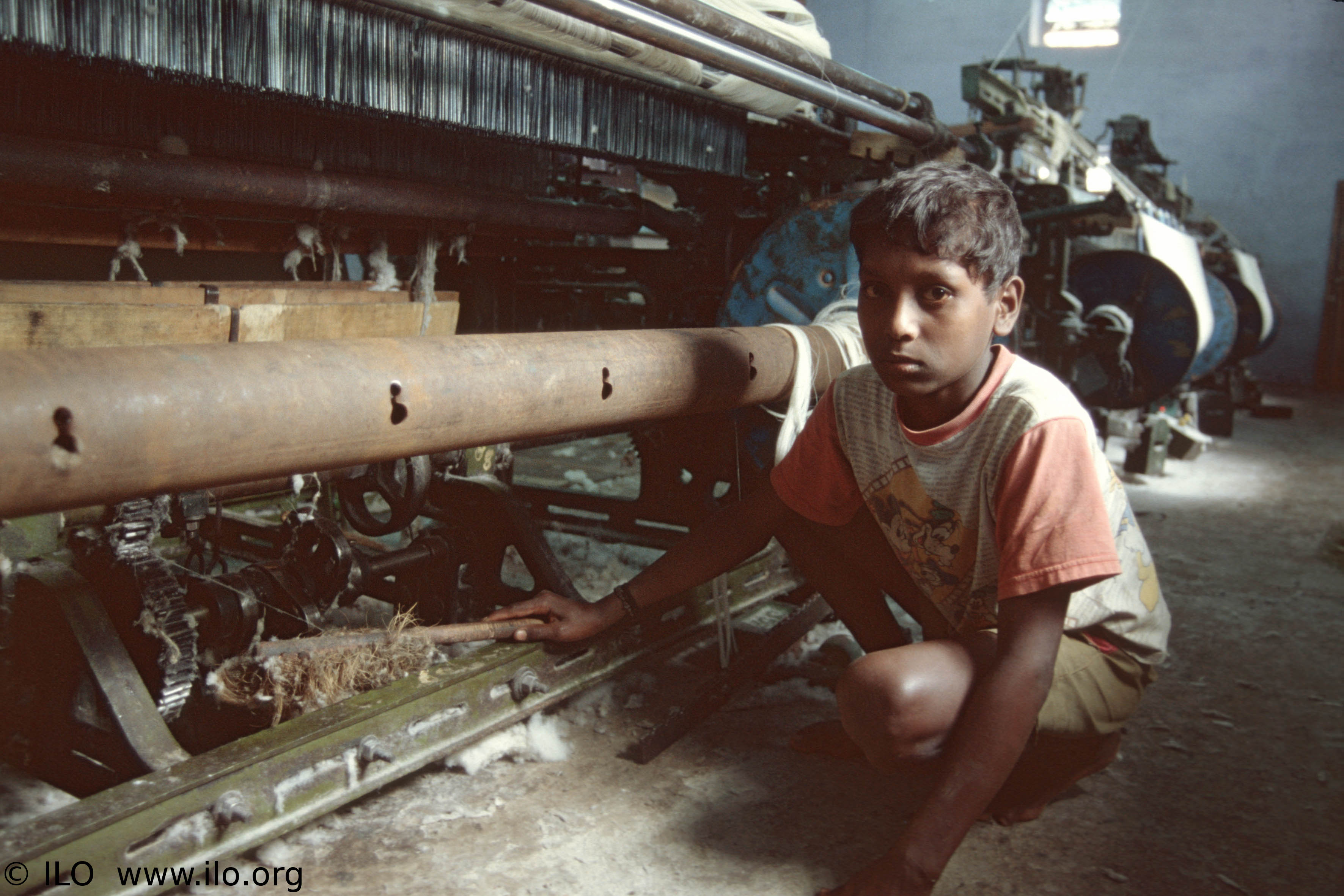Earlier this year, The Sunday Times reporter Marie Colvin and photographer Remi Ochlik died while covering the conflict in Syria.
The Colvin and Ochlik case is not an isolated event. Human rights violations against media organizations and reporters are widespread. Several accounts from human rights watchdog organizations like Reporters without Borders (RWB), Amnesty International (AI) or the Human Rights Watch (HRW) paint a bleak picture for reporters and journalists.
According to the official website of RWB, “Overall, 2011 took a heavy toll on media freedom. The Arab Spring was at the centre of the news. Of the total of 66 journalists killed in 2011, 20 were killed in the Middle East (twice as many as in 2010).”

However, it is worth questioning the source of these disconcerting statements before taking them for fact. How do organizations come up with these statistics? How do they compile numbers and use them to assess human rights situations? How is it that they gather the deaths of all the Marie Colvins and Remi Ochliks in the world to make them numbers on a sheet of paper?
Amnesty International (AI), Human Rights Watch (HRW), and Reporters Without Borders (RWB) have reputations as authorities on human and media rights. Governments, non-governmental and intergovernmental organizations (NGOs and IGOs) increasingly rely on these organizations’ reports to conduct affairs and create policy. The thing that all these organizations hold in common is that they monitor different sources of information to come up with their numbers and statistics.
According to the website of AI New Zealand, “We monitor thousands of media outlets, and gather information from government bulletins, legal documents, medical reports and our contact with reliable sources of information all over the world.”
This multifaceted approach means that on top of monitoring media outlets and government statements, AI contacts sources like diplomats, government agents, lawyers, journalists, humanitarian agencies and community workers. This plurality of sources is used to construct data and reliable estimates of human rights violations that activists across the world have come to respect.
It is in the combination of sources where the difference between these three organizations and journalistic research lies. When HWR releases a report on human rights abuses in Syria, it will include Colvin and Ochlik’s case. It will include Aljazeera’s or the BBC’s report on the event. It will contact diplomats in Damascus. It will search for these reporters’ death certificates and other documents, and it will seek the government’s response to the situation.
However, HRW will not dwell on the particularities of this case. It will not explain that Marie Colvin was bound to leave Syria on the same day she was killed. The report will not explain her life and death story. She will only be a statistic, a number.
During her final TV report, Colvin wondered “What is going on and why is no one stopping, this murder in Homs that is happening every day?” Colvin’s attachment to the cause she was covering will not make it into the report, but it will not be forgotten either. It will continue to be diffused through the media to reach the homes of all of those who are watching. This is also a fundamental difference between journalistic research, and the research behind these watchdog organizations’ human rights violation indexes.
 This is not to say that one approaches to human rights research is better than the other. Both are created to serve different purposes, to tell different stories. Both approaches feed off each other and give a different dimension to the understanding of activists’ struggles across the world.
This is not to say that one approaches to human rights research is better than the other. Both are created to serve different purposes, to tell different stories. Both approaches feed off each other and give a different dimension to the understanding of activists’ struggles across the world.
Reports compiled by organizations like AI, HRW and RWB are purely descriptive. They do not examine causation or correlation, and they rarely propose hypotheses. Given this approach, these organization can claim objectivity in their reports. Thus, they enjoy a degree of credibility not many other organizations can boast. According to AI, “Journalists, researchers, governments and United Nations experts rely on our reports. In another measure of our success, the governments we criticise very rarely offer a detailed rebuttal of our information.”
In this way, even though these organizations are n not academic entities and generally do not do academic research, they can be of help to professors, students and researchers.
Amnesty International, Human Rights Watch and Reporters without Borders have become household names in human rights activism. As such, their annual reports will reach many people. However, when looking at the number of murdered reporters in 2012, one should recognize that each one of those numbers is a different story, and that buried beneath the technical jargon there is the life and career of valiant people like Marie Colvin and Remi Ochlick.




